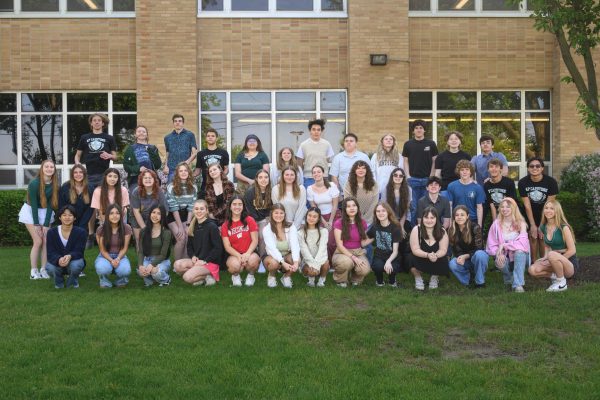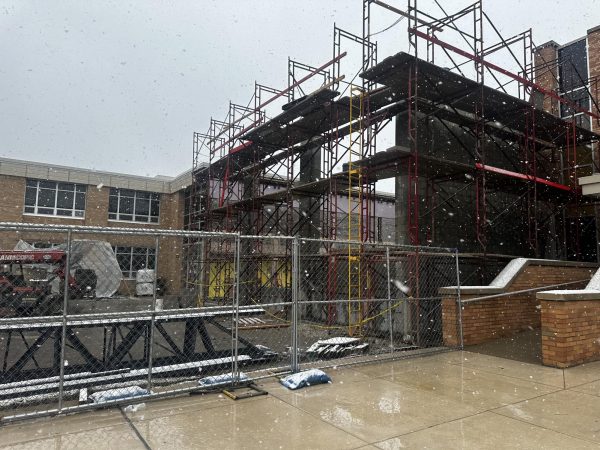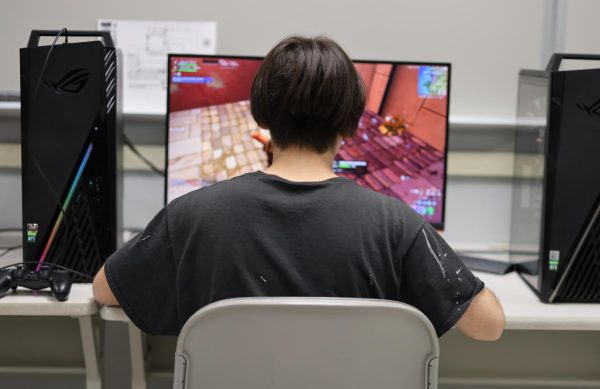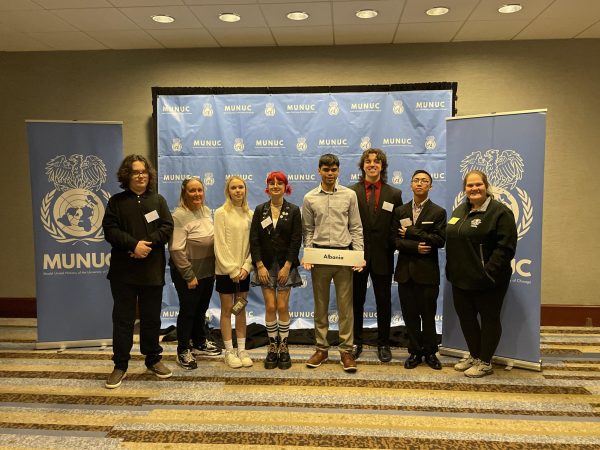Humanity’s Expansion Into the Cosmos May Be Inevitable, According to Industry Experts
For hundreds of years, humanity has looked up at the stars and imagined traveling to them. Now, they may just get the chance.
As of December 2017, The International Space Station in low-Earth orbit serves as the farthest human outpost in space, but all of that may change. A gathering of panelists at the SpaceCom 2017 conference came together on Wednesday December 6 to discuss the possible future of humanity. One with descendants living and working in space even further than the Space Station.
These predictions became relevant after President Donald Trump signed his Space Policy Directive 1 on Monday December 11. This directed NASA to return astronauts to the moon, and aim to place humanity even further out into the cosmos, as far as human exploration of Mars and other solar system missions.
One of the biggest questions with this directive is how to get humanity out there. Before the SpaceCom panel, NanoRacks CEO Jeff Manber revealed the company’s proposed solution. Ixion, a collaboration between NanoRacks, Space Systems Loral and Space Adventures, in tandem with United Launch Alliance. This proposal suggests repurposing the used upper stages of Atlas V rockets into crew habitats. Those upper stages, which are ejected during the launch process, could attach to the International Space Station or be used alone.
“We have spent the last five months seeking to convince ourselves and NASA that one can repurpose a spent fuel tank while it’s in space,” Mander said at the panel. “…not only can we repurpose the second stage using astronauts once it’s in orbit and convert it into a habitat, but also, equally cool to me, you could even do it without astronauts, robotically.”
This entire idea isn’t exactly new- the U.S. considered something similar 50 years ago but didn’t possess the technology to safely and effectively recycle rocket stages in orbit. Now that could change, especially with Ixion looking into bringing the technology to the modern age with NASA’s NextSTEP Program, which seeks the commercial development of deep space exploration into the cosmos and even beyond the moon.
John Elbon, vice president and general manager of Boeing, said now that humans have learned to live and work in the International Space Station, it’s time to venture even farther. Spacecrafts like Boeing’s upcoming Starliner will add to the effort to create a sustainable economy in lower Earth orbit and maybe someday extend to the moon. Manber compared this new industry to internet development in 1985.
“There has to be some degree of faith that our commercial marketplace, the way we do business in America, will come up with solutions, because it always has,” Manber said.

Her favorite quote is "She wasn't looking for a knight, she was looking for a sword." - atticus.














